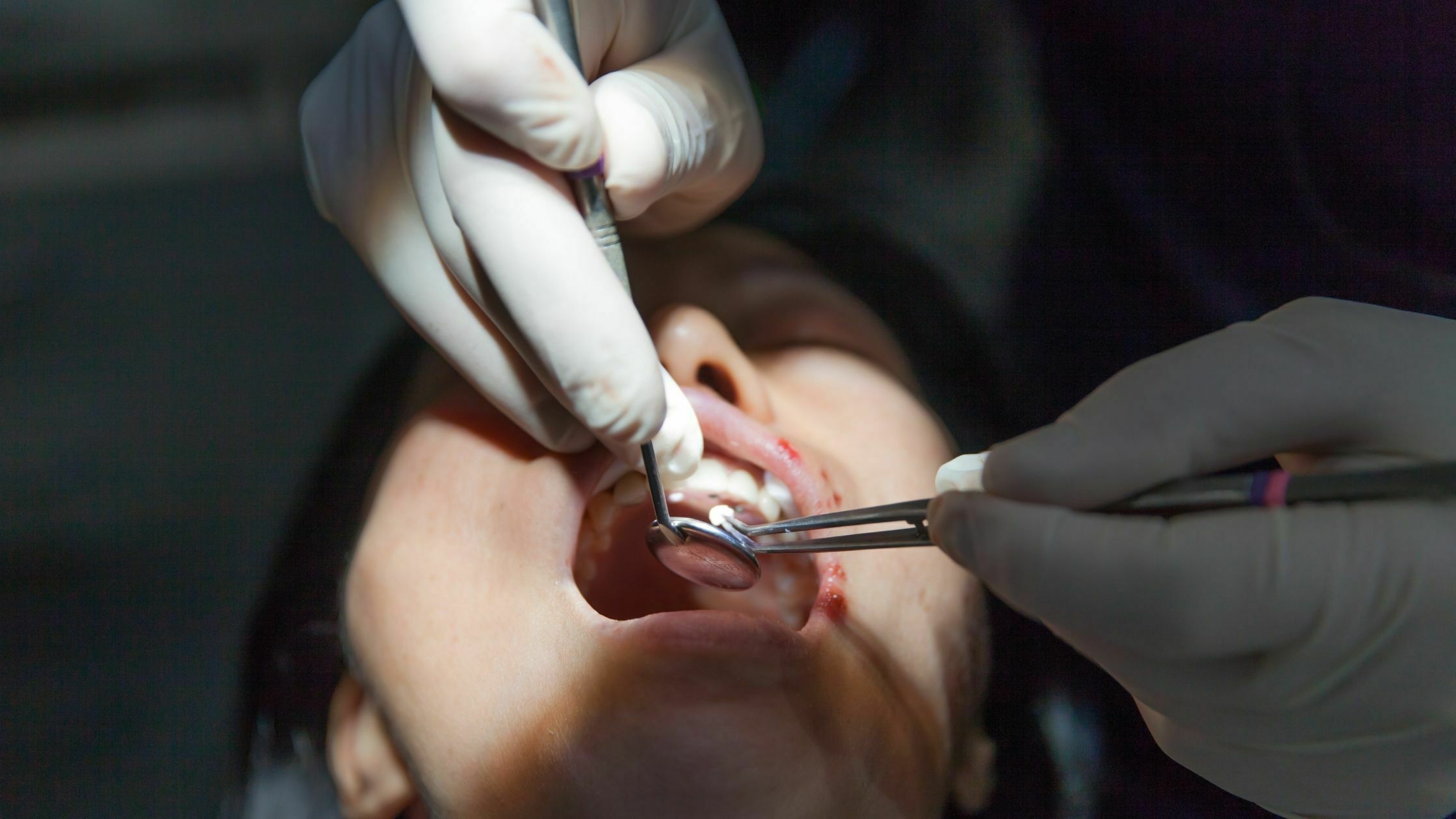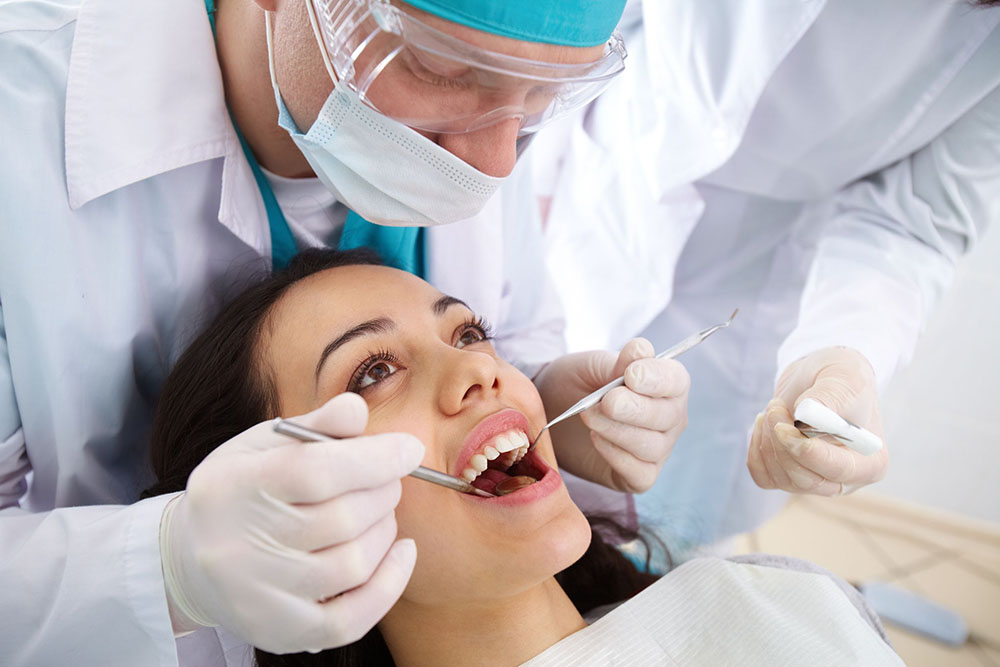Assessing seniors’ needs and abilities is crucial in providing high-quality care. It allows healthcare professionals to tailor their care plans to meet the specific needs of each individual, ensuring that they receive the best possible care. However, as technology continues to advance, senior care is also evolving. One major development in this industry is using life profile assessment tools. Senior Helpers will explore how these tools change the game in senior care.

What are Life Profile Assessment Tools?
Life profile assessment tools are digital instruments to assess seniors’ cognitive and functional abilities. These tools gather information about a person’s daily habits, routines, and preferences to understand their overall well-being comprehensively.
The assessments cover various areas, including physical and mental health, social interactions, daily living activities, and nutritional needs. Healthcare professionals can better understand seniors’ needs and create personalized care plans with this information.
Utilizing Technology to Enhance Senior Care
Life profile assessment tools utilize technology to improve the quality of senior care in several ways. Firstly, these tools are designed to be user-friendly for seniors and healthcare professionals. They use simple interfaces and can be easily accessed on a tablet or computer.
Furthermore, life profile assessment tools provide real-time data continuously updated as seniors go about their daily lives. This allows healthcare professionals to accurately track changes in a senior’s behavior or health over time.
Additionally, these tools also allow for easy communication between healthcare teams. As the assessment data is stored digitally, multiple senior care professionals can easily share and access it. This promotes collaboration and ensures everyone is on the same page when providing personalized care.
Benefits of Life Profile Assessment Tools
The use of life profile assessment tools in senior care has many benefits, both for seniors and healthcare professionals. These tools allow seniors more control over their care plan by providing insight into their needs and preferences. It also allows for early detection of changes in health or functioning, leading to timely intervention and improved outcomes.
These tools save healthcare professionals time and effort by streamlining the assessment process. They also provide a more complete and accurate picture of a senior’s overall well-being, facilitating the creation of personalized care plans.
How Are They Changing Senior Care?
Life profile assessment tools have revolutionized the way senior care is provided. These tools offer a comprehensive and objective look at seniors’ physical, emotional, and social well-being. They provide detailed information about their daily activities, medical history, cognitive abilities, and overall quality of life. This data allows healthcare professionals to understand each resident’s needs better and create personalized care plans.
Furthermore, these assessment tools streamline the process of data collection and analysis. Healthcare professionals can quickly gather and organize information from multiple sources using technology such as tablets or online platforms. This saves time and effort compared to traditional methods.
Steps For Integrating Life Profile Assessments Into Senior Care Practices
Integrating life profile assessments into senior care practices involves several steps:
- Select the Right Tool: Choose a life profile assessment tool that aligns with the needs of your senior care setting.
- Train Caregivers: Ensure caregivers are trained to use the tool effectively and understand its importance in care planning.
- Conduct Initial Assessments: Perform comprehensive assessments for each senior to gather baseline data.
- Develop Personalized Care Plans: Use the assessment data to create individualized care plans.
- Monitor and Adjust: Continuously monitor the effectiveness of the care plans and make adjustments as needed.
The Future of Senior Care
Life profile assessment tools will likely become even more sophisticated as technology advances. With artificial intelligence and machine learning, these tools may be able to analyze data and automatically make recommendations for care plans. This will save time and improve the accuracy and effectiveness of care plans.
Final Thoughts
Life profile assessment tools are changing the game in senior care by providing a more holistic and personalized approach to assessing seniors’ needs. As technology continues to evolve, these tools have the potential to greatly improve the quality of care for seniors, allowing them to live healthier and happier lives. So, healthcare professionals must embrace these tools and incorporate them into their practice to provide the best possible care for seniors.










